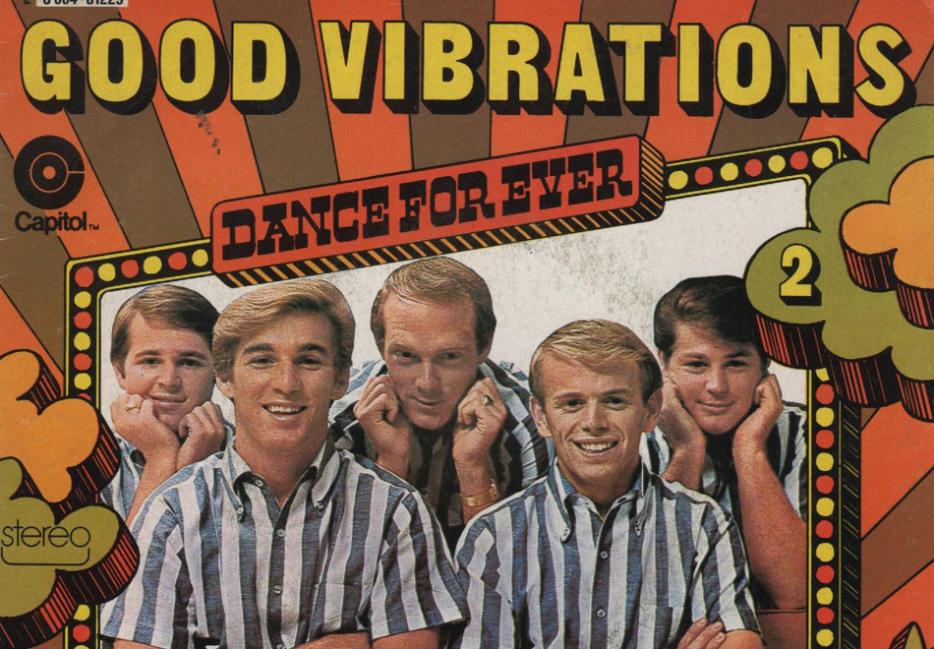Sean Michaels’s debut novel Us Conductors freely fictionalizes the life of Lev Termen, who was an innovator in espionage technology, the first person to demonstrate interlaced video, an expat entrepreneur, a possible Soviet agent, creator of the proto-drum-machine Rhythmicon with Henry Cowell, and a prisoner of the gulag. (Michaels’s version, unencumbered by fact, also recounts his kung fu training.)
In America, Termen was known as Leon Theremin, a name he adopted from his most famous invention—one of the earliest electronic instruments, it typically operates via twin antenna, one corresponding to frequency and the other to volume, controlled by the performer’s hand movements. Michaels co-founded the mp3 blog Said the Gramophone, and returns in fascination to his subject’s ethereal qualities, “an instrument of caves, or of woods, or of roads less travelled by.” Reading Us Conductors for a review elsewhere, I became curious about the musical legacy of this otherworldly device, most often heard on ‘50s science-fiction soundtracks. Now and then, its mysterious tones still resonated through semi-popular music.
“Good Vibrations,” by the Beach Boys (1966)
As the rest of this little playlist suggests, the theremin has only glancingly been associated with popular musical success. There’s one indelible exception. To be pedantic, the Beach Boys technically didn’t play one on their elusive marvel—they used a similar machine derived by the trombonist Paul Tanner, possibly because it was simpler to operate and easier for touring—but who would associate those noises with anything else?
The genius of “Good Vibrations” is how Brian Wilson’s avant-garde obsessiveness made pop craftsmanship unfamiliar again, so abrupt in its prettiness, cutting between different movements and back to the chorus while that not-theremin tinkers with sound itself. Tom Ewing described this structure as “as a sound-impression of a mind giddily in love, restless with beauty and unable to finish its thoughts, and each thought leading anyhow to the same wonderful place.”
Image via






